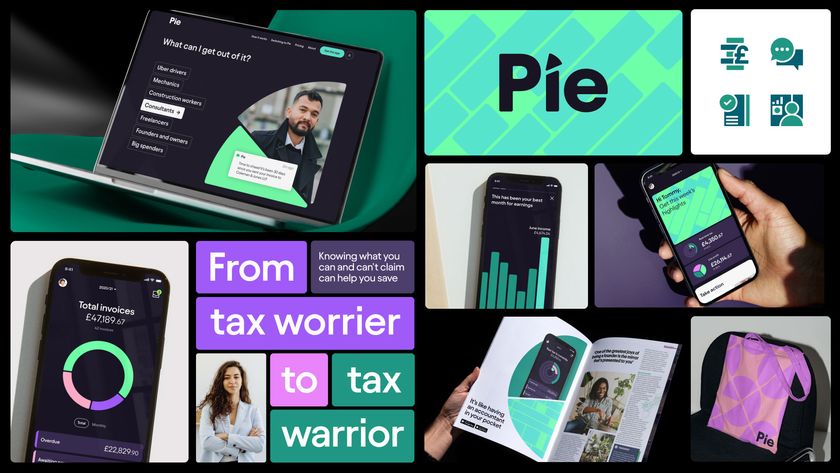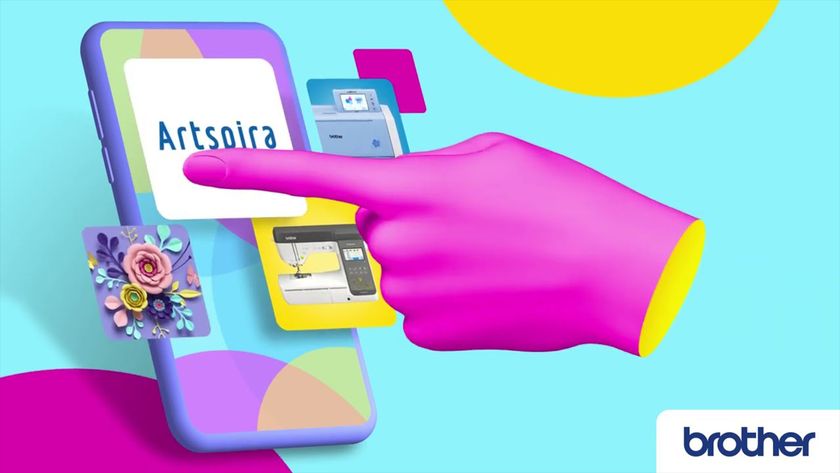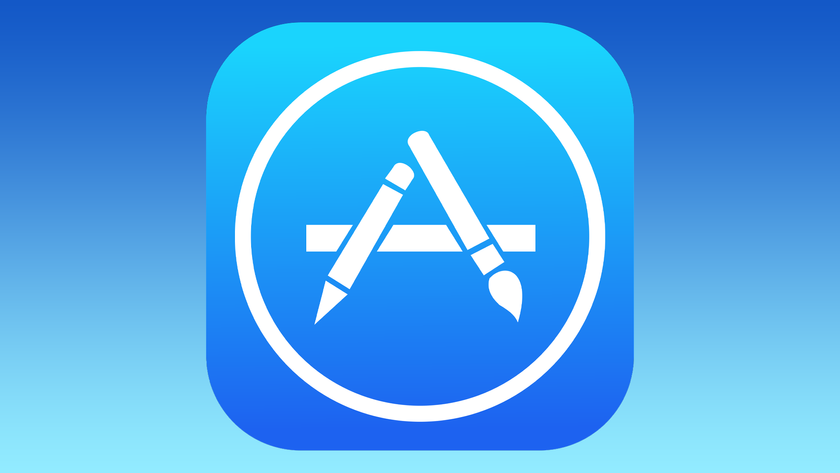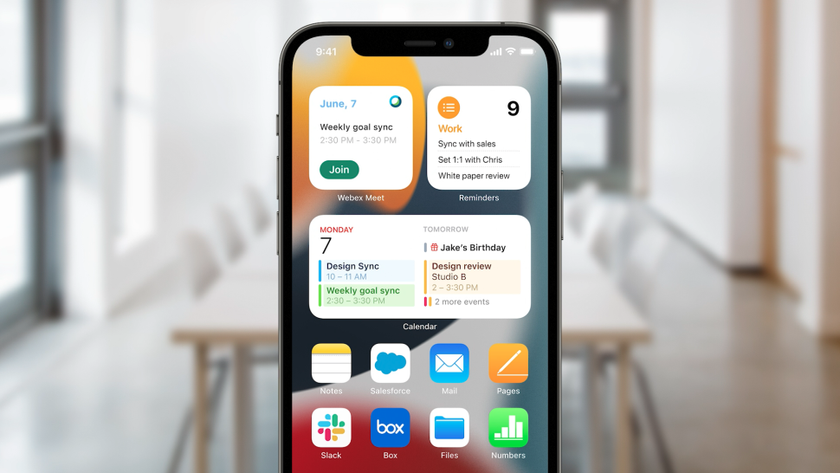Preparing an application for distribution
Creating an application can be extremely exciting for any developer but before you get your application published, you need to get it ready. iOS and Mac developer/designer Daniel Bramhall explains how
Getting an application on the App Store is an exciting moment in any developer’s career although despite the excitement – distributing your application to the App Store and to beta testers can pose somewhat confusing problems for even the most experienced developer – this article aims to point the budding App Store entrepreneur in the right direction to conquer both the Mac App Store and the iOS App Store.
Beta testing
The first thing one should consider – before even thinking about selling an application on any medium – is beta testing.
In my own experience, the hardest part of the whole beta process is actually ‘hiring’ people to test your app. I can guarantee that only about 40 per cent of the people you ‘hire’ will actually provide good, in-depth and useful feedback on your app for every beta release you push out. I have found that the best way to get people to beta test is to create a simple contact form on a website that you can quickly redirect people to (for example, website.com/beta). Ok, but how do I actually get traffic to my beta website? My simple answer to that would be: post about it – market it on forums and social networks. After that, there’s two main routes to take...
- Beta Testing Option 1: Simple ad-hoc distribution. This option is possibly the least efficient of the two. Ad-hoc distribution is good if all you want is communication via email and don’t want anything too fancy. This option includes you simply creating a Provisioning Profile in the iOS Dev Center and adding your beta tester’s device UDIDs to it and then simply Archiving your application with the Distribution certificate and sending out the .ipa application via email and relying your testers to get back to you with screenshots, crash logs, feedback and comments manually. As I said, only about 40 per cent of all of your testers will get back to you with good, decent comments. Furthermore, with this method, testers then have to sync their provisioned devices with iTunes and sync the application as if it were any ordinary application.
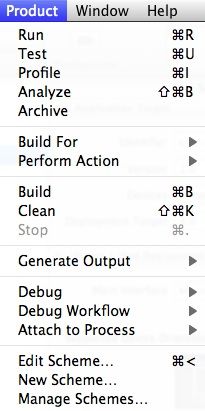
- Beta Testing Option 2: Using a third-party beta service. There are many services that allow you to up your IPA and have a testing team and these services usually allow you to see how people are using your application and what options their taking.
When beta testing I have learnt many lessons. I have learnt that even if you have hundreds of beta testers one of which is that no-one else using your application looks at it the same as you do – it’s like that old clich: no-one cares about you, as much as you do – this is the same for your apps. I have also learnt that beta testing takes time and you shouldn’t anticipate a both reliable and accurate beta testing program if you want to be done with the testing within one week, regardless of the size and complexity of your application. What’s more, I have learnt that, during testing, your beta testers are the most important people in the world – you need to thank them for their ideas and comments constantly as they can potentially stop your application from going into the App Store and simply crashing and burning.
Right, the timely process of beta testing is done, now you need to submit your application. To start this process, you need to head over to itunesconnect.apple.com/ and select Manage Your Applications and then select the Add New App and follow the relevant steps to adding your application to iTC.
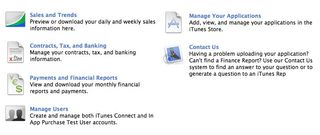
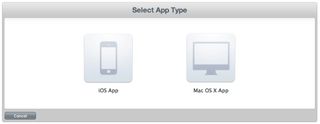

Once you’ve done this you now need to upload your application. You do this by changing your application to Ready to Binary Upload and then Archiving your app in Xcode and submitting it via the Organizer.

Now, this is where it gets really interesting. The only hurdle between you and App Store domination is Apple’s app review team and Apple’s app review process.
Get the Creative Bloq Newsletter
Daily design news, reviews, how-tos and more, as picked by the editors.

Once you’ve submitted your application to the App Store, you’ll find that for the majority of the time prior to your App Store release, your application state is Waiting for Review.
A small side-note, accordingly to some statistics released not that long ago by Apple, 95 per cent of new apps are fully reviewed within seven days and 98 per cent of application updates are reviewed within seven days so you should expect your application to be reviewed within seven days – that is, of course, you’re not part of the unlucky 5 per cent.
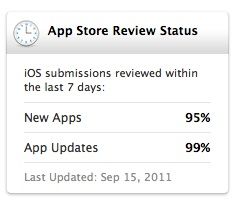
After a couple of days have elapsed, you’ll find that the state of your application changes to In Review – this is where all of your hard-work can truly pay off; on the other hand, this is where all of your hard-work can quickly become a waste of time. In the past, I have had an application rejected within one hour and I have had an application in the In Review state for about four days. In fact, I have an application right now that’s been in review for around three days.
If all doesn’t go to plan and your application, sadly, gets rejected, then the kind folks that rejected your hard-work provide a very in-depth description as to why your application was rejected as well as any crash logs and anything you should do to get your application accepted next time. Furthermore, if you’re completely stumped as to how to correct a specific problem, you can take advantage of your two free iTunes Technical Support requests – every developer gets two free support requests and Apple gives you a very qualified expert that will help you out with your problem!
However, if all does go well and your application does indeed get approved, you’ll find that the state of your application goes from In Review to Processing for App Store and then at last, Ready for Sale! That is, of course, providing you have all of your contracts in order – you will have to have all of your contracts in order if you want to get an application on the App Store – even if your application is free, you’ll need a contract in standing-order and you should also have all of your metadata is good, standing order because your application will get rejected if it’s not correct.
Having an app on the App Store does give the you, the developer, a great feeling! You’ve gone from putting your passion and boxing it into an app to be successfully approved by a notoriously frustrating app review team.
However, just because you’ve got an application on the App Store doesn’t mean you can stop worrying about the app. If you want to get good ratings and feedback, then you need to listen to your customers. I mean, these people have given you their money – the least you can do for them is listen to them.
I try to push out a ground-breaking new feature in my apps every month or two and I ensure that every two weeks I release a minor update, nothing I create is never truly finished and I always ensure that the apps I create are these living, breathing entities that people enjoy to use. So go ahead and create something amazing and go the extra mile to make each and every one of your customers go “wow”.

Thank you for reading 5 articles this month* Join now for unlimited access
Enjoy your first month for just £1 / $1 / €1
*Read 5 free articles per month without a subscription

Join now for unlimited access
Try first month for just £1 / $1 / €1
The Creative Bloq team is made up of a group of design fans, and has changed and evolved since Creative Bloq began back in 2012. The current website team consists of eight full-time members of staff: Editor Georgia Coggan, Deputy Editor Rosie Hilder, Ecommerce Editor Beren Neale, Senior News Editor Daniel Piper, Editor, Digital Art and 3D Ian Dean, Tech Reviews Editor Erlingur Einarsson and Ecommerce Writer Beth Nicholls and Staff Writer Natalie Fear, as well as a roster of freelancers from around the world. The 3D World and ImagineFX magazine teams also pitch in, ensuring that content from 3D World and ImagineFX is represented on Creative Bloq.






